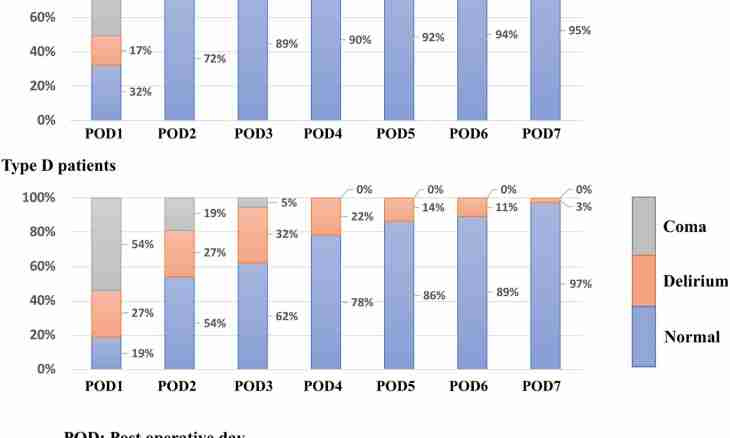So, you carried out huge work: analyzed the available sources, made a hypothesis, collected empirical data, and time of their mathematical processing here came. The greatest part of statistical observations is subject to the law of normal distribution, but you observe a deviation from a normal curve or jump of a dependent indicator. Your task is to define whether these deviations are accidental, or you opened something new in science. And maybe, you just incorrectly created sample.
Instruction
1. To define whether there correspond your data to normal distribution, you need to have statistics on population. With the largest probability you will not have it because if you foreknow distribution of the studied indicator, then your research simply did not need to be conducted.
2. Nevertheless, if you have statistics on population, you can check whether correctly you created sample. Most often Pearson's criterion, or statistics a chi-square is for this purpose applied. This criterion is usually used for samples with number of observations more than 30, otherwise use Styyudent's t-criterion.
3. First of all calculate average value on sample and a mean square deviation. These indicators will be necessary at any calculations. Further it is necessary to determine the theoretical (hypothetical) frequency of distribution of the studied sign. It will be equal to the expected value of distribution of required size, proceeding from data of population, or if those are not available, is based on empirical data.
4. Thus you receive two rows of sizes between which some dependence is observed. Now it is necessary to check ranks of indicators for consent level by Pearson, Kolmogorov or Romanovsky's criteria at the set mistake probability level an alpha.
5. If the correlation coefficient between empirical and theoretical distribution of the studied sign appears outside the set mistake probability level, the hypothesis that the sign studied by you corresponds to normal distribution of population should be rejected. Further interpretation of such results of statistical data processing depends on research objectives and, somewhat, on your our scientific intuition or imagination.
